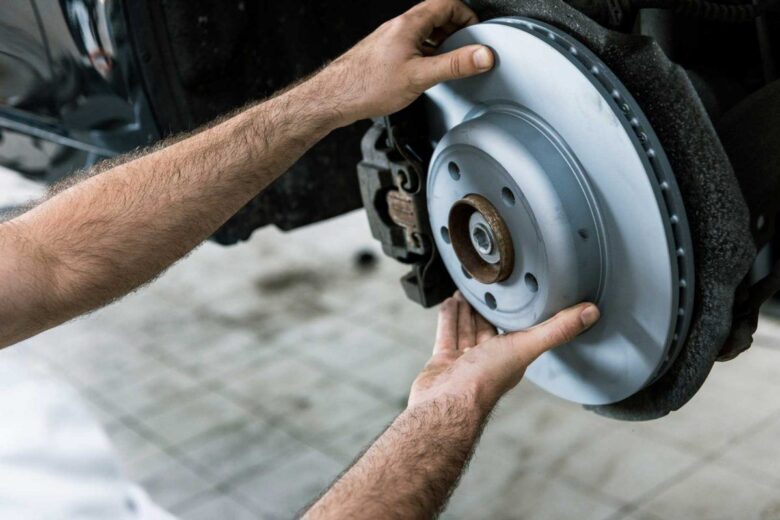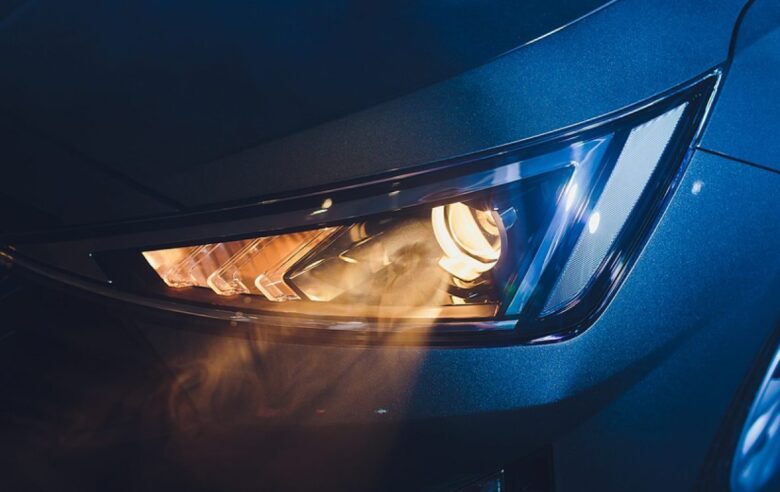Road trips can be a fun way to spend time with friends and family and create lasting memories. The travel destinations and the sights along the way can make for an unforgettable experience.
However, your vacation could suddenly be cut short if your car breaks down.
To help prevent this, it’s crucial that you do a pre-trip car inspection and attend to any needed maintenance. It could save your vacation!
In fact, you should consider a car’s ability to handle a long road trip before you even buy it. According to Tiger Okeley at used car dealership Oak Motors, “Car dealers know to avoid cars that will likely require expensive maintenance in the near future (aka ticking time bombs). Before acquiring a car, dealers inspect it for things like uneven wear, low fluid levels, squeaks from belts, fluid leaks, and more.”
But if you already own your car, here are 7 pre-trip maintenance steps you should take:
Contents
Inspect the tires and alignment

Source: cars.com
A flat tire is probably the most common car issue travelers face on the road. If you have a spare tire and a car jack in the trunk, it could be a fix that takes as little as 15 minutes. But why risk getting a flat at all?
To lower the risk of a flat tire, check your tire’s tread. You can do this visually and with the quarter test. Take a quarter and place it heads down in the groove of the tire. If you can see all of George Washington’s head, it means it’s time for a tire change. If not, you’re okay. If tire wear is uneven, the tires may need to be rotated.
Similarly, you should check the tire pressure for each tire (including your spare). Make sure it’s at whatever PSI the car manufacturer recommends. Underinflated tires wear out significantly faster and will decrease your car’s gas mileage.
Finally, have a mechanic check your wheel alignment. Misaligned wheels wear out your tires faster and lower your fuel efficiency.
Maintain the exhaust system
You may never think to check the exhaust system, but it’s a vital part of your car. Signs of potential wear and damage include hissing and popping noises, but it’s good to regularly check it even if it’s not making any noise—especially before a long trip and if the car is over five years old.
A faulty exhaust system could lead to poor fuel efficiency, less power, and improper venting that could expose you and other passengers to harmful gasses.
Adjust the steering and suspension
Road trips are long, so you want to ensure you have a smooth ride by adjusting the steering and suspension if needed. Otherwise, you may be in for a bumpy and unpleasant ride.
Potential issues include loose steering parts, damaged shocks or struts, and broken or worn mounts or bushings. Head over to Ovesco if you’d like to know more about gas struts and hardware supplies.
Check the brakes

Source: mtroskillcollision.co.nz
Your car’s brakes play a critical safety function. Imagine if you tried to slow down to avoid hitting a car in front of you, and they didn’t work. This is why you should ensure your brakes are in top shape before a road trip.
Some common signs of brake issues include grinding, squeaking, and a shaking steering wheel. Have a qualified mechanic inspect the brake pads, rotors, drums, hoses, and brake fluid.
For example, by checking the wear on your brake pads, a mechanic can alert you to any that are close to worn out. This helps you avoid scoring the rotors, which makes for a much more expensive brake repair.
Change or top off fluids
Your car runs on a lot of different fluids. To ensure that each fulfills its function, you need to check them regularly so you know when to replace or top them off.
Car fluids include engine oil, transmission fluid, brake fluid, coolant, power steering fluid, and windshield washer fluid. Inspect each before a long drive.
Test the lights

Source: cashcarsbuyer.com
If you’re going on a long road trip, you’re bound to drive in the dark at some point, which means you’ll need your car lights to work. But even if you don’t, you need your brake lights and turn signals to function properly.
So test these along with your headlights, fog lights (brights), and taillights. If any bulbs have burned out, replace them. If any are hazy, dull, or cloudy, you may need to wash or polish them.
Perform other general maintenance
Finally, there are many other car parts you should check:
- Spark plugs. If these fail, it could lead to difficulty starting your car, less power, poorer fuel efficiency, and engine damage.
- Filters. Cars typically have air, cabin, oil, and engine filters to help keep dust, dirt, and other pollutants from getting in. Replace them when they get too dirty.
- Battery. Your car battery connection should be tight and corrosion-free. Otherwise, it may fail you on the road.
- Belts. Car belts run all the accessories on your car (power steering, charging system, AC, water pump). If they break on the road, it could destroy your engine.
- Radiator, heater, and bypass hoses. Make sure these don’t have any cracks, lumps, or leaks. A broken hose could cause severe damage.
- AC and heater. If these don’t work, it could make for a trip that’s too hot or cold. So make sure they function properly.
- Dashboard lights. Any dashboard/engine lights that are still on should be addressed by a mechanic. It could be a simple fix or a major one.
The Bottom Line

Source: lifesavvy.com
Your vacation should be a time to relax—not get stuck on the side of the road. Be proactive and check your vehicle before your trip. It could save not only your vacation but potentially your life!
Don’t know your way around cars? Then consider hiring a professional mechanic to take a look. Many auto shops offer pre-trip check-ups so you can be put at ease about the long drive ahead, knowing everything is in good order. And if it’s not, they can repair whatever the issue is.
Road trips are fun, but you need to prepare for them properly first. Luckily, this guide has offered some helpful info so you’re ready to go!
